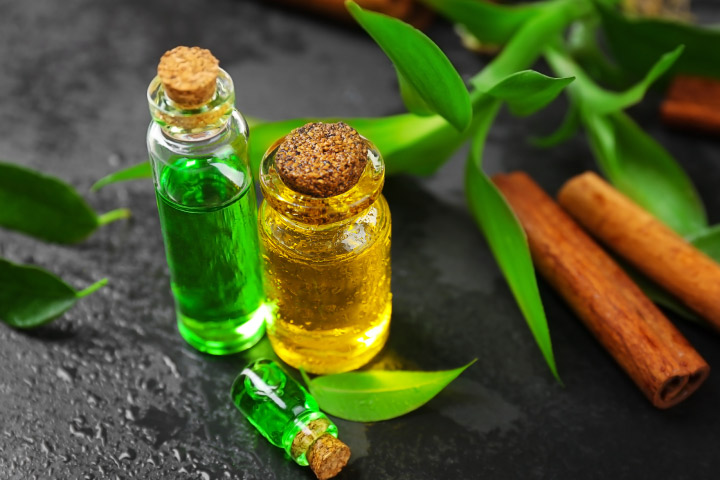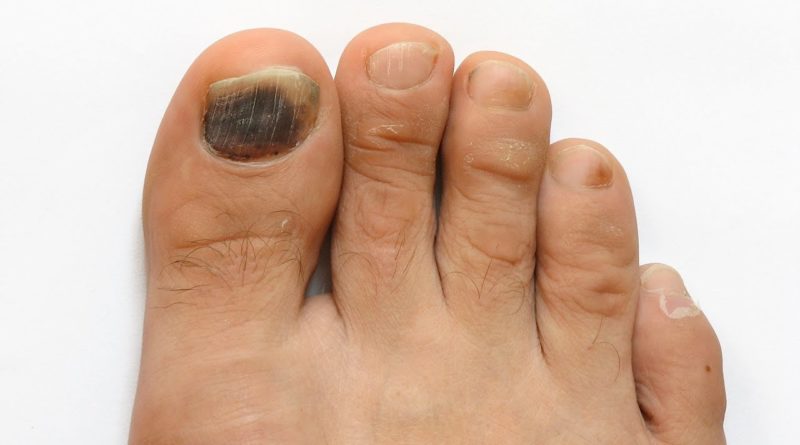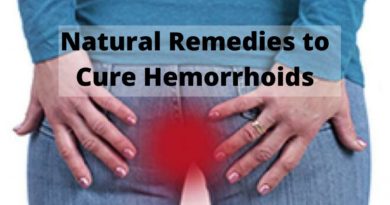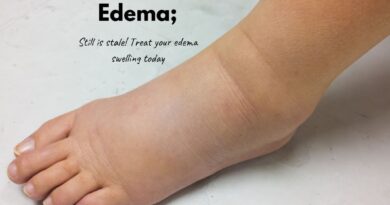Natural Remedies for onychomycosis (Nail fungus)
Remedies for onychomycosis / Nail fungus of the hands and feet are quite popular in the population. However, are they effective? This time we want to solve this question. We tell you what the experts say and how to treat this fungal infection.
Remedies for onychomycosis of the hands and feet are highly sought after among people. This condition, which is characterized by causing a white or yellow discoloration, in addition to itching and other discomforts in the nails, represents a third of fungal skin infections.
According to information published in the Journal of Fungi, the infection is caused by dermatophyte fungi, whose ingrained nature within the nail plate makes treatment difficult. Therefore, it is often a difficult condition to eliminate and whose symptoms tend to reappear over time. Let’s see next what is known about it.
Table of Contents
Onychomycosis (Nail fungus): what you should know
Onychomycosis is a fungal infection that is located in both fingernails and toenails; however, the latter is usually the most affected. Although not considered a serious condition, they are a public health problem due to their high prevalence, poor response to therapy, and the clinical impact they cause.
As explained through the American Academy of Dermatology, hot and humid conditions, such as in swimming pool environments or public locker rooms, lead to infection. In addition, they are also related to poor hygiene, sweating, and closed footwear or any situation that exposes nails to moisture for a long time.
Its symptoms include:
- White spots or a change in nail color.
- Nail thickening.
- Brittle nails that crumble or lift off the finger.
- Irregular nails.
- Itching and bad smell (in minimal cases)
Onychomycosis is located in both fingernails and toenails
Most cases are mild and do not affect beyond aesthetics. However, when the infection is complicated, it can be painful for the person, and it causes irreversible damage to the nails. It is also a care infection in diabetic patients or with diseases that compromise the immune system.
In these patients, medical attention is important, since any injury to the feet, including these types of infections, can lead to serious complications due to the immune response and circulatory problems they suffer.
Do remedies for onychomycosis of the hands and feet work?
A wide variety of remedies for onychomycosis of the hands and feet have been described in popular literature. However, its use is still questioned by experts. In the Journal of Fungi study, options such as tea tree oil and the plant known as ageratin pichinchensis were reported to have shown antifungal activity.
Other substances such as propolis and Vicks Vaporub also had interesting effects against onychomycosis in some pilot studies. In any case, the results are not conclusive and more research is needed to determine the efficacy of this type of treatment.
Despite this, its use as a complementary treatment is acceptable, since they have not shown relevant adverse effects in humans, which suggests that they may be safe and tolerable. Of course, as far as possible, they should be used in conjunction with medical treatment.

Tea tree oil showed antifungal activity in some studies, which is why it is a therapeutic option.
Pharmacological remedies for onychomycosis
Until now, the most accepted remedies to treat onychomycosis are those of the pharmacological type, although they also remain a matter of research. Coinciding with a publication in the Indian Journal of Pharmaceutical Sciences, these therapeutic options are available as topical and oral agents.
Topical agents include lacquer formulations such as 5% amorolfine and 8% cyclopirox. Creams, powders, and other topical products are usually not as effective because they do not penetrate as easily.
Meanwhile, oral treatment may include griseofulvin, terbinafine, itraconazole, and ketoconazole. These require a longer period of use and involve a higher risk of side effects, such as headaches, gastrointestinal disorders, and skin rashes, among others.
Therefore, its dose and administration time should be directly suggested by the professional. The thing to consider is that both options must be used consistently to get results. Otherwise, the infection is likely to persist and even worsen.
What else can help against onychomycosis?
Before a problem like onychomycosis, it is important to consult the dermatologist to receive a diagnosis and obtain treatment according to the case. But in addition, some simple self-care measures can also be applied, such as opting for ventilated footwear, drying your feet well, and wearing footwear in wet areas such as swimming pools, showers, and changing rooms.




